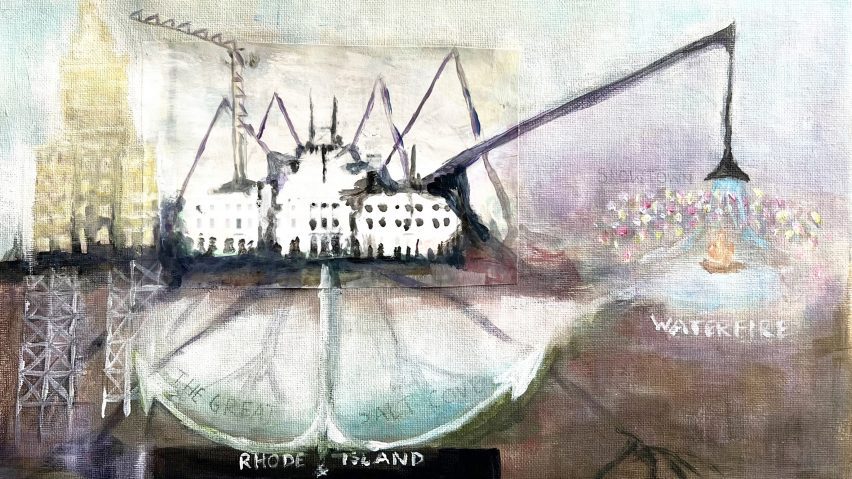
Snowtown Project creates graphics representing destroyed Black neighbourhood
A group of Rhode Island School of Design graduate students have created design projects and a research database examining a majority Black neighbourhood that was destroyed in the 19th century.
Students spent a semester in dedication to establishing modes of permanence for forgotten architectures by establishing this archive using traces of life such as newspaper articles and other found materials from the historic Providence, Rhode Island neighbourhood of Snowtown that was destroyed by a racist mob in 1831.
Rhode Island School of Design (RISD) associate director of the Center for Complexity Marissa Brown directed the Snowtown Project, which was born from another RISD course called Art and Design as Community Practice. The students teamed up with a local group called the Snowtown Research Collective to complete the project.
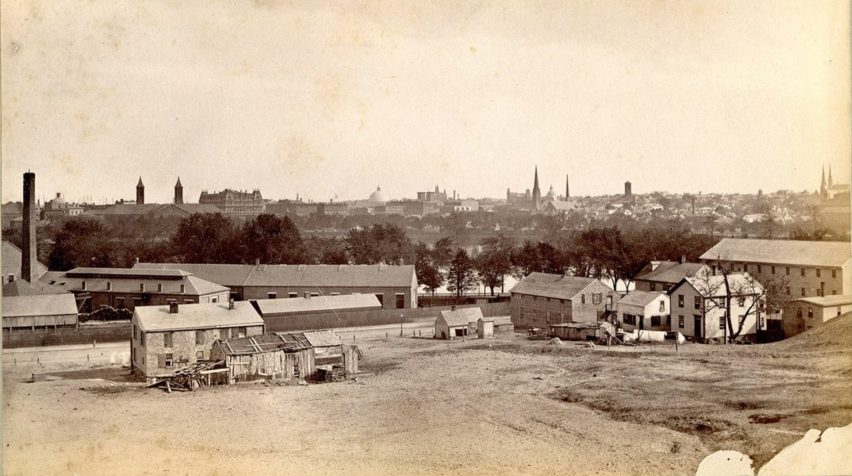
With close readings of manuscript collections, historic maps, real estate records, State and Federal census records, newspaper clippings and artefacts, the students were able to create a collection of images, zines, and digital 3D models to represent the culture of the neighbourhood, which has been largely erased from the historical record.
Three of the students Tian Tian, Connie Cheng, and Ben Roland worked together using existing geography data and photo clippings to develop a digital 3D model of a reproduction of some of the known buildings that were in Snowtown.
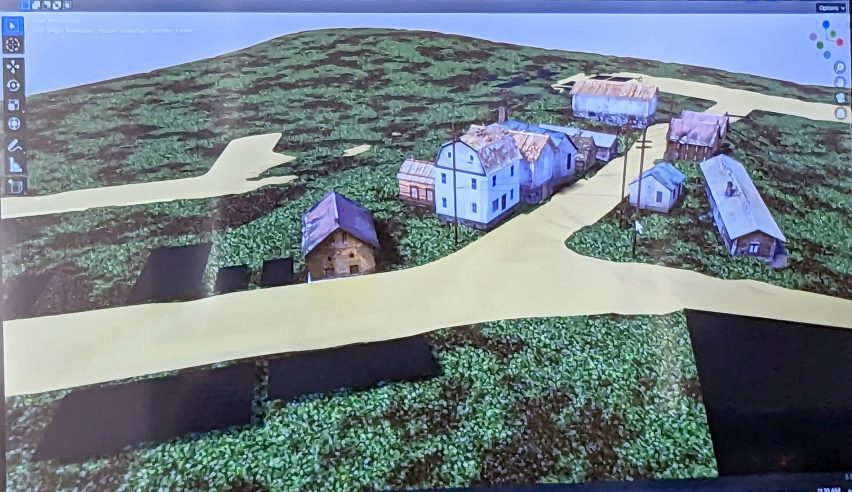
"I noticed that Snowtown was often mentioned in the context of being a crime-infested neighbourhood or a rundown place in need of tearing down, renovation, and replacement," student participant Nina Martinez, who created postcards, told Dezeen
"So, I tried to include illustrations of Snowdown on postcards, which in America's history, was a way of announcing that you've passed through this place – letting everybody know. I thought of giving that same treatment to Snowtown."
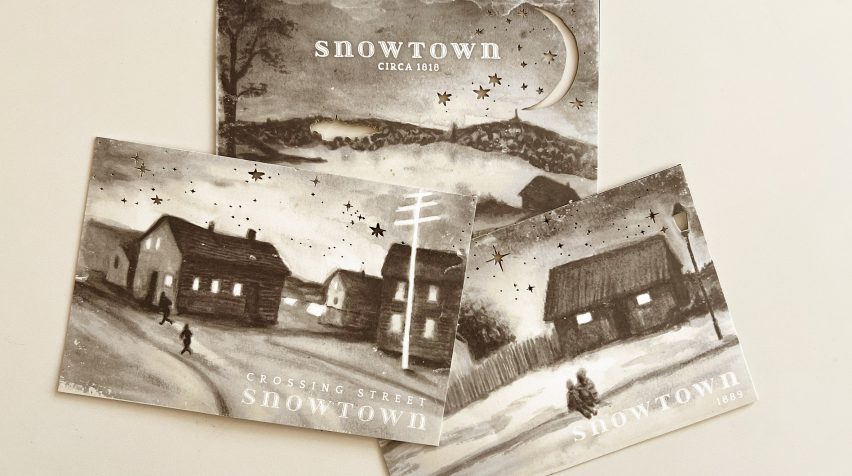
Martinez's postcards, which are illustrated based on newspaper clippings, are punctured in the shape of moons and stars to show "the gaps of silence".
"Because we have so little information on Snowtown, we have these archival silences; I punctured stars and moons into the sky of the postcards so that when people hold them up, the light would shine through," she said.
Much of the information included in Snowtown archives is a direct result of the communal research efforts of the Snowtown Project; which began in 2019 at the coming together of thirty researchers invited by the Rhode Island State House specifically to work on the discovery and documentation of information on Snowtown.
As an unfunded volunteer project, membership in the collective is multidisciplinary and in a state of constant flux, creating a body of archival research through multidisciplinary expertise.
"For a very long time, the established historical narrative of Snowtown was limited to the Snowtown Riot of 1831," said team member and archivist Kate Wells.
"Snowtown existed in various ways for almost 100 years and our goal is to document and contextualize the neighborhood and its residents in a far more comprehensive and nuanced way."
"We know that the story of Snowtown will take years to uncover and that our interpretations will be continually developed, revised and rewritten as we learn more. We see this work as iterative and open to community dialogue."
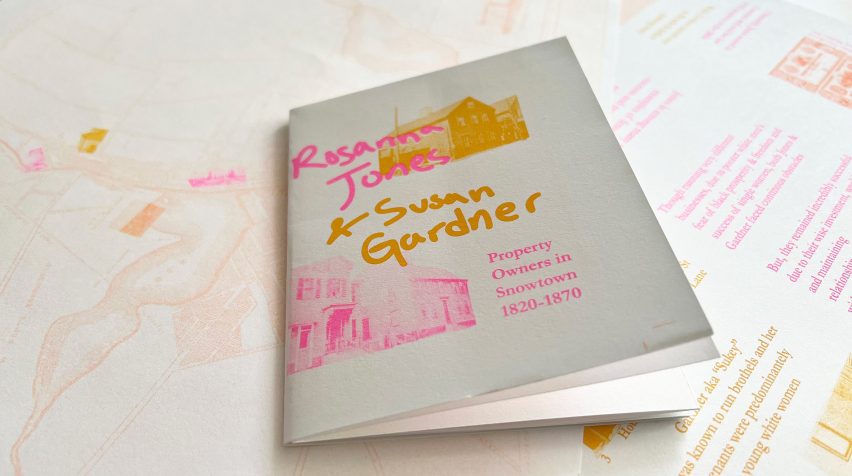
Historically, the people of Snowtown were a population resultant of Rhode Island's growth after the American Revolution, brought by the triangular slave trade. By the 1930s, the population surpassed 16,000 people including enslaved men, women, and children, as well as free people of color.
"I think that the work itself, like the historical work on Snowtown, to me is very much about spatial justice," said Brown.
"Public art, but also public design; how the public landscape comes to be, who gets to shape it and who doesn't get to shape it in terms of commemoration and the stories that we elevate or the stories that are left out is very critical of the field of preservation. I see this project as being under the umbrella of what that work is all about."
Other projects that examine the erasure of Black identity and infrastructure through the lens of design include a 2021 exhibition at MoMA called Reconstructions: Architecture and Blackness in America.
The images are courtesy of RISD.